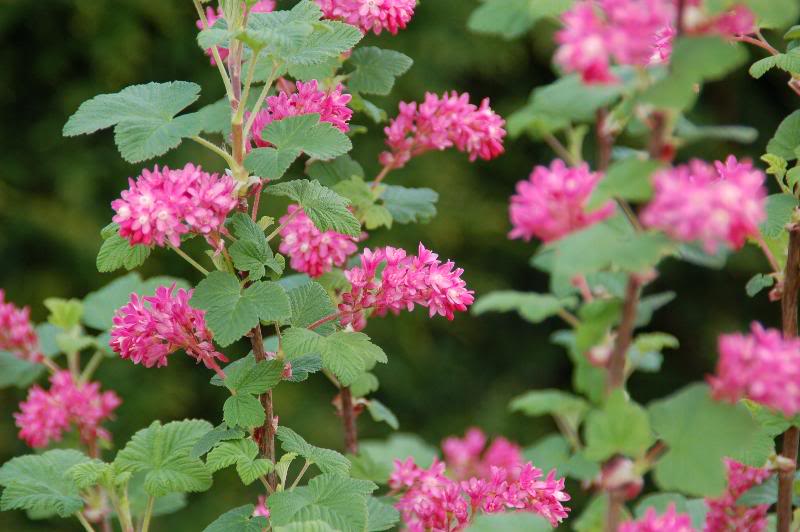Invasive: Scotch broom (Cytisus scoparius)
Characteristics: Scotch broom is a perennial member of the pea family (Fabaceae). It is a deciduous shrub, 1-3 m (3 to 10 ft) tall, though its many slender, erect, angled branches remain dark green year-round. Its small (5-15 mm) leaves have three leaflets. Abundant small, yellow, pea-shaped flowers appear from April to June, followed by seed pods up to 8 cm (3 in) long that turn brown-black as summer progresses. These look like garden snow peas, but the similarity ends there: Scotch broom seeds are toxic if ingested.
Spread: Scotch broom spreads primarily through the production of long-lived seeds. Seeds of Scotch broom remain viable in soil for more than 50 years; mature plants are prolific seed producers, establishing persistent seed banks requiring long-term management. Additionally, Scotch broom alters soil chemistry by fixing nitrogen—which converts open meadows and grasslands to shrub-scrub habitats—and by acidifying surrounding soil. Native to the British Isles, Scotch broom is now naturalized on the East Coast of North America and widespread in the Pacific Northwest.
Control: Hand-pulling of small infestations (few plants, up to 1½ meters tall) is effective, especially while the soil is moist (like now!). Soil disturbance should be kept to a minimum to prevent new invasions. Manual or mechanical cutting or burning of larger plants before seed set will help reduce the seed bank, but is unlikely to kill the plant; burning is likely to stimulate seed germination. To prevent resprouting, it is best to remove roots after these treatments. Chemical treatment may be warranted for very large, dense stands (where broadcast spraying may be effective), or when removal of root material is not possible or practical (cut-stump treatments may be appropriate). Planting or seeding of fast-growing native plants to compete with Scotch broom can be effective, especially when combined with other treatments. Any of these approaches will require several years of management, owing to the persistence of Scotch broom seeds in the soil.
Native Replacement: Red flowering currant (Ribes sanguineum) is a native shrub with attractive, butterfly-shaped leaves and showy magenta-red flowers that would do well in the sunny, dry habitats favored by Scotch broom. The hummingbirds and butterflies will thank you!


